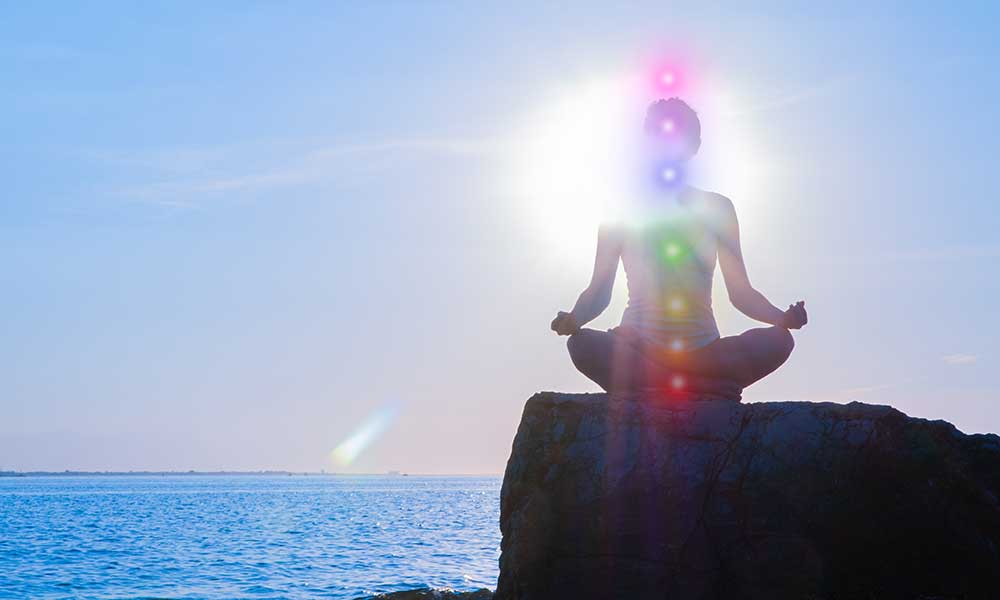The sun has been worshipped for as long as it has been in existence. It’s no wonder the longest day of the year would be such an important holiday to the ancient world in which the summer solstice was a special time to celebrate and embrace spirituality.
The summer solstice is a festival of joy and abundance. It marks the longest day of the year and the beginning of summer. The ancient Greeks celebrated it with a festival called Litha, which was observed on June 23rd in honor of the god Apollo. Spiritually, it welcomes the long-awaited light.
Depending on your location, you may experience the luxuries of the summer solstice in December (South equator) or June if you’re in the Northern hemisphere. Either way, it will be the longest day of the year and the shortest night.
What Summer Solstice Represents: Culture, History & More
Every culture is different thus, each one has its way of celebrating the summer solstice. Still, despite the cultural difference and celebrations, they all have one thing in common: They are all welcoming the sun’s return and celebrating new life.
Some ancient and current cultures believe that gods create people on this day, so it is important to ensure that they are treated well.
In ancient Greece, the summer solstice was celebrated in a religious festival called the Anthesteria. It was a joyous occasion when they celebrated Dionysus, the god of wine. The Ancient Greeks also continued the celebration procession with games and sacrifices to the gods.
Many pagan cultures worshipped designated gods representing the summer solstice. These events would include rituals, offerings, sacrifices, music and more.
The Celts, Germanics, and Slavic made bonfires symbolic of the sun and the strength it gives each day. The strength that flourished over man, animal, and crops were seen clearly in this time of renewal. The lighting of bonfires continued even after Christianity was introduced. Bonfires are incorporated at the time of the sun solstice. In Christianity, the phenomenon is associated with John the Baptist also called Jani in Latvia.
The sun celebration was important to pagans and they celebrated with sacrifices, singing, and more.
As we explore further into history, before civilization, ancient or prehistoric people may have attributed to the different solstices as seen in structures like Stonehenge or the Pyramids of Giza. In fact, the solstice phenomenon is seen as the sun rises and then sets, affecting the setting of the pyramid of Khafre and Cheops, aka Khufu.
Spiritual Meaning Of The Summer Solstice As Seen Today
This is a special time of the year and with it, we also enjoy the sense of freedom, an abundance of wealth cultivation, crops, and more, much like our ancestors.
While we may not go about celebrating with sacrifices or other extreme acts, we do take time to enjoy the golden sun. Think picnics, warm holiday feelings a sense of energy, renewed strength, and more.
Other celebrations around the world in midsummer
- Norway, Finland, and Iceland – There are bonfires and festive singing in most parts of the three countries. Iceland also enjoys the solstice festivities for three consecutive days.
- Latvia – The Latvian folks celebrate wearing leafy headrests and feasts of cheese, beer and music celebrations.
- Ireland and the United Kingdom – Solstice of the sun is a time of celebrating mystical creatures in these regions like unicorns and other winged beings like fairies and woodland critters.
- Spain – The Spanish enjoy music, light fireworks, and make huge bonfires in strategic regions of the country. Some of these regions were used for rituals in ancient times.
- Russia, Ukraine, and Austria – These three countries tend to enjoy their solstice featuring water activities which are fitting since it’s a warm time of the year.
Solstice is recognized worldwide but mostly observed in Europe with extravagant parties and get-togethers commemorating this special time.
Bonfires are often part of the solstice summer activities as fire represents the sun on the longest day of the year.
How you can celebrate the summer solstice
There are other ways to celebrate this special time of light and joy. Bask in the sun as you would and reflect upon your life and success. You could do the following:
Tune in to summer
You can set your mind on summer by thinking about all the things the light brings. For example, a new day is the start of new energy, new strength a new take on tackling your goals. Focus on receiving and emitting positive energy. Some people also speak aloud about the things they want to see manifest in their lives.
It’s the ideal time to be thankful
Even if you haven’t achieved all your ambitions and your new years’ resolutions, you can still be thankful for what you have now. In this time of renewal, energy, and mind, you can speak out about all the things you’re grateful for. Give thanks and recognize the blessings over your life.
Conclusion
No matter how you celebrate the summer solstice, it’s good to take the time to be thankful and acknowledge success and future prospects. Enjoy the bright and energizing time with family and friends, and make the most of your solstice festivities.





